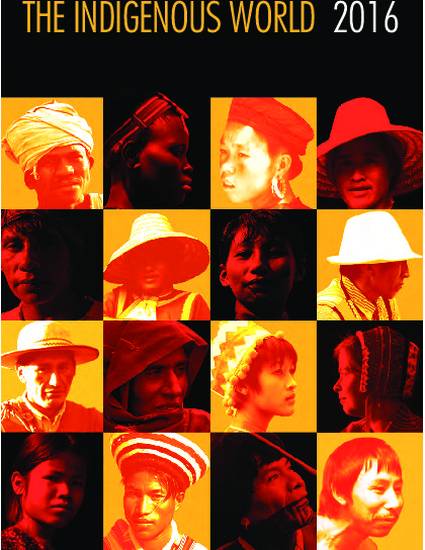
Approximately 5.1 million people in the U.S., or 1.7% of the total population, identify as Native American or Alaska Native alone or in combination with another ethnic identity. Around 2.5 million, or 0.8% of the population, identify as American Indian or Alaska Native only.1 Five hundred and sixty-six tribal entities were federally-recognized at the beginning of 2015,2 and most of these have recognized national homelands. Twenty-three per cent of the Native population live in American Indian areas or Alaska Native villages. The state with the largest Native population is California; the place with the largest Native population is New York City.3 While socioeconomic indicators vary widely across different regions, per capita income in Indian areas is about half that of the U.S. average, and the poverty rate is around three times higher.4 The United States announced in 2010 that it would support the UNDRIP after voting against it in 2007. The United States has not ratified ILO Convention No. 169. Recognized Native nations are sovereign but wards of the state. The federal government mandates tribal consultation but has plenary power over indigenous nations. American Indians in the United States are in general American citizens.
Available at: http://works.bepress.com/sebastian-braun/13/

This article is published as Braun, S. “USA” in The Indigenous World 2016. Edited by Diana Vinding and Caecilie Mikkelsen. pp. 65-74. Copenhagen: IWGIA / Edison, NJ: Transaction Publishers. Posted with permission.